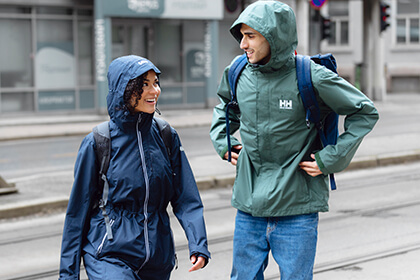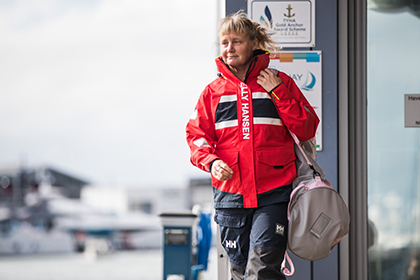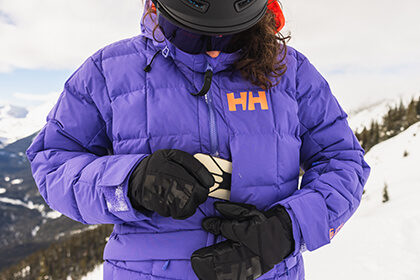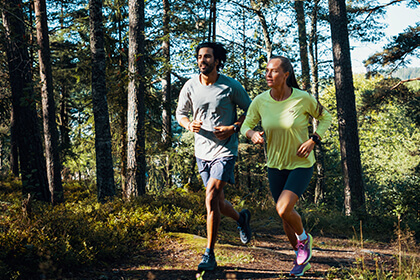Base Layer Odor Prevention
This "life hack" may save you. Or at least save your base layer.
June 29, 2022 2 min read
GET TO THE ODOR BEFORE IT GETS TO YOU
Some of us have base layers that we don’t wear anymore because they stink. We wash them over and over again, hoping that the odor goes away, and when we attempt to wear them again, we notice the smell is back within a few minutes.
The first thing you should do is make sure that you’ve learned how to wash your technical base layers correctly, using a technical, deodorizing cleaner. But the second thing is to maximize the freshness of your base layers in between full washes.
RINSE YOUR BASE LAYER WITH FRESH WATER AS SOON AS YOU ARE DONE USING IT.
THE DETAILS of how to rinse properly
Hand-wash with lukewarm water for 2 minutes, immediately after you finish exercising/sweating. You could even soak it in the sink while you’re taking your post-activity shower.
You can use a tiny amount of soap and then rinse properly. Then, remove any excess water and hang your garment to dry.
WHY DOES AN IMMEDIATE RINSE WORK?
It stops and prevents bacterial build-up.
Body odor is a normal part of exercise or other physical activities, and it differs person-to-person based on diet, physiology, medication, health, and other factors.
Odor doesn’t directly come from sweat, but rather from the acids produced by bacteria that exist on the skin and on textiles; this acid is created if sweat and other substances are left on skin or textiles.
Textiles (particularly, next-to-skin garments) that are in constant contact with skin can play a role in the formation of odor; they may worsen it. If sweat, grime, bacteria, and skin particles are transferred from the body to the textile, combined with heat and humidity, and then allowed to remain embedded in the textile, it creates a perfect environment for bacterial growth and odor development.
By rinsing your base layers as soon as the exercise is done, you rinse away the majority of the bacteria and other substances from the textile before the odor has a chance to build up.
If you toss your sweaty gear in the dirty laundry basket with the rest of the wash, or toss it back in your sport bag until you wash it later with the rest of your laundry, the bacteria will have time to grow in the humid environment.
So, if you can’t wash right away, or if you are in a situation in which you don’t have access to a washing machine, rinsing can be a life saver.
Your base layers (and the people who spend time around you) will be grateful.
Thanks for reading!
how to wash your base layer
Pro Tip c/o Helly Hansen Technical Product Expert & Researcher, Issam Yousef

October 22, 2025 5 min read
How to Choose the Best Rain Jacket
Find your perfect rain jacket with our complete guide. Compare waterproof vs water-resistant, breathability, and features for hiking, sailing, and city use.

October 06, 2025 4 min read
Duffel Bag Size Guide
Find the best travel, carry-on, or camping duffel bag with our size guide. Learn how to choose the right size for any adventure, from 30L to 90L+.

October 02, 2025 3 min read
Choosing the Right Winter Gloves for Outdoor Sports
Find the perfect winter gloves for skiing, hiking, and running. Expert tips on materials, fit, and features to keep your hands warm and protected.

September 29, 2025 4 min read
What Does Moisture Wicking Mean?
Discover how moisture wicking works, the best fabrics for outdoor adventures, and why this technology keeps you dry and comfortable during any activity.